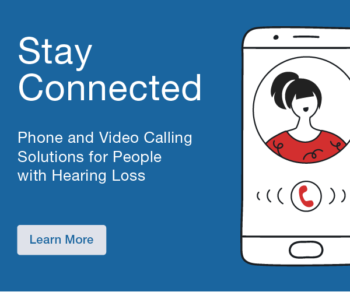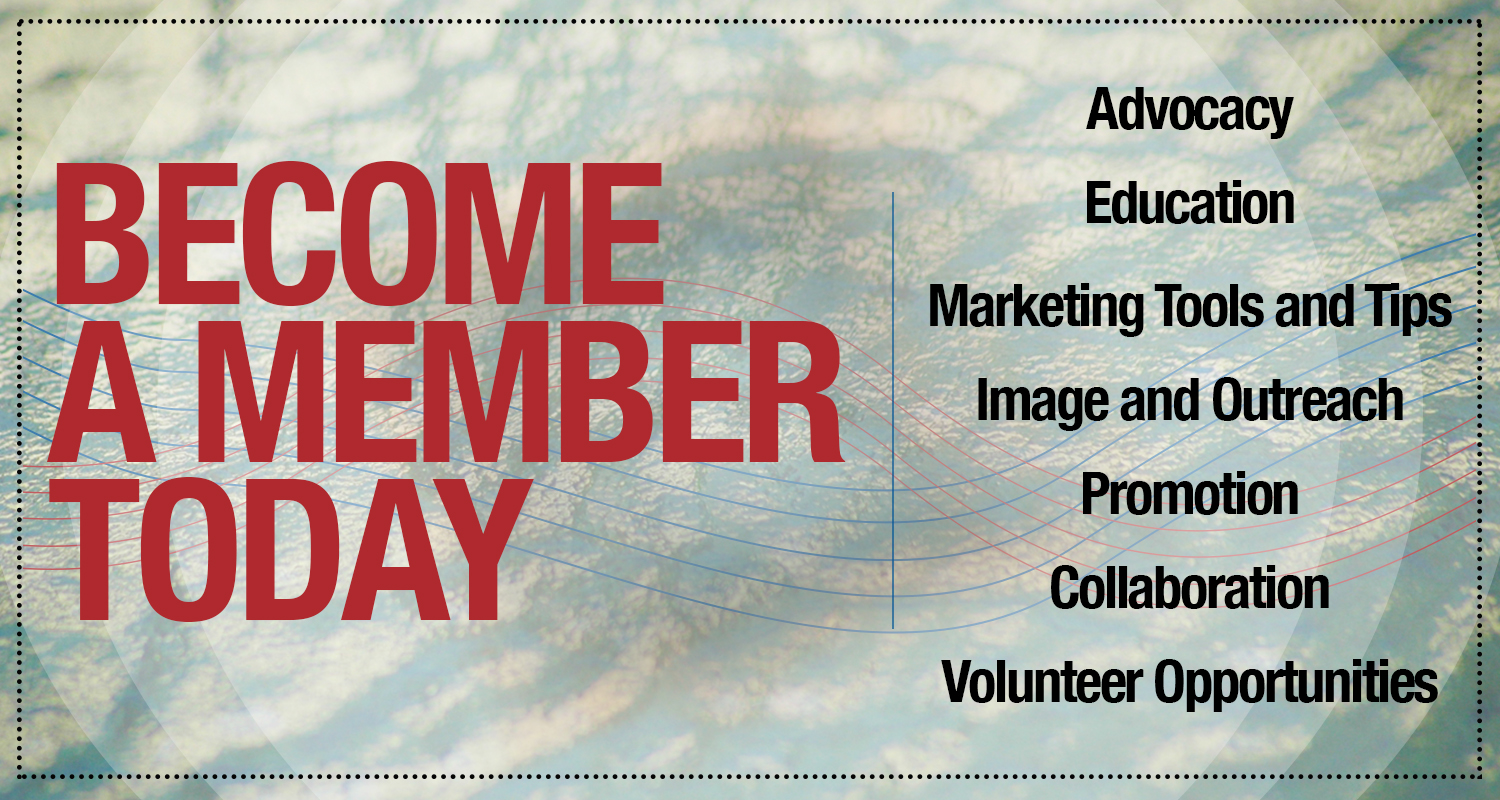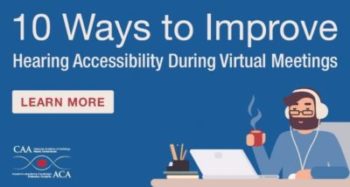Music exposure can pose a problem, especially since the advent of “portable” music in the 1980s. Despite the complexity of the human auditory system, it does not know the difference between industrial noise and music. Indeed, many of the factors can equally affect music exposure as well as industrial exposure. This morning session of the full day pre-conference is an overview of those factors affecting hearing for musicians as well as environmental strategies, some tricks, and hearing protection to minimize the potential damaging effects of music.
Despite this being 2025, there are still significant limitations for many modern digital hearing aids to handle the more intense inputs that are characteristic of many forms of music. However, there are a number of clinical strategies and newer hearing aid technologies that can be useful. Clinical strategies consist of those approaches that can be remediated in a clinical setting while technological strategies are hard wired into the hearing aid circuitry. These involve a number of different approaches, including a discussion of the benefits of post-16 bit technology for music and hearing aids. Audio files will be used to demonstrate the benefit of these approaches.
Once the transduction of music into a hearing aid with minimal distortion has been accomplished, there are a series of electro-acoustic software adjustments that can be made for a “music program”. Using a general principal that “less may be more”, and based on peer reviewed research, when it comes to hearing aid processing of music, the frequency response, gain, multi-band compression, digital delay, and the output of hearing aid with music will be addressed. The treatment of cochlear dead regions with other approaches than frequency shifting will be discussed. Audio files will be used to demonstrate the rationales behind these clinical adjustments.
Learning Objectives:
Part I – Musicians and the Prevention of Hearing Loss:
- After attending this course, the participant should be able to select appropriate tests and counsel musicians regarding hearing loss prevention.
- After attending this course, the participant should be able to describe how inexpensive room modifications can be made to improve a room for music.
- After attending this course, the participant should be able to describe appropriate hearing protection and other devices to minimize the impact of music exposure.
Part II – Music and Hearing Aids:
- After attending this course, the participant should be able to select software programming that is optimized for music.
- After attending this course, the participant should be able to explain the engineering limitations of some modern hearing aids for music.
- After attending this course, the participant should be able to identify some simple clinical strategies to improve a hearing aid for music.



